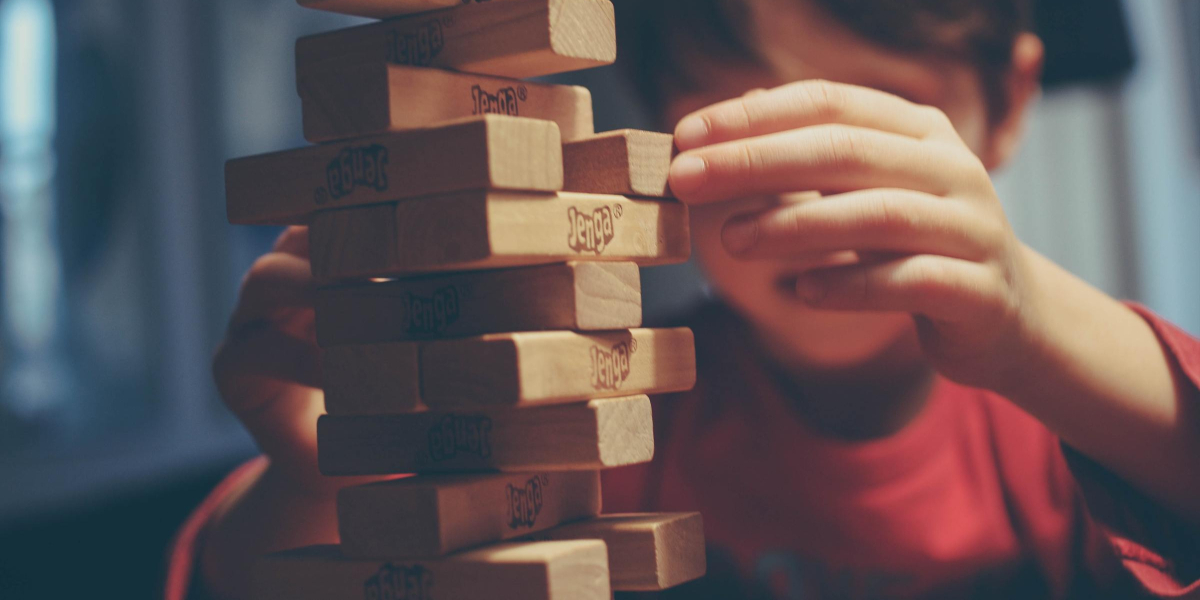
Four forms of concentration
You can use your concentration power in four ways when meditating and in daily life. Each has its own benefits.
Concentration on only one point
It is a common meditation method to focus on a small area. One point may be, for example, feeling the breath at a nostril, or in the stomach, or a mantra.
In an everyday situation, we may also devote ourselves entirely to a specific task, so-called deep work.
✨Benefits
- It is simple and minimal. With this method, there is less doubt about what you are focusing on and what is a distraction.
- It becomes easier to have sensory clarity, such as noticing changes in size and intensity.
- It is a well-known method to hone in on your concentration and get into flow states.
Free-floating concentration
In this method, attention moves freely within a sensory area. It goes from place to place without you consciously choosing where to go. Once the attention has landed somewhere, practice keeping your concentration as best you can in that place.
This is often a good method when you start meditating, for example, with the meditation path Focus out. It is also powerful for advanced meditators.
One version of this method is background practice, where we let a technique take place in the background of consciousness while we do other activities.
✨Benefits
- This method is similar to how your attention often moves in everyday life. By practicing it, you can learn how to optimize your everyday attention and be less scattered, even if you need to multitask.
- You can train yourself to get into deep meditation and flow states with this method as well. In meditation teaching, this is called khanika samadhi. It also applies to regular tasks, which productivity expert Tiago Forte calls going from multitasking to multiplexing.
- In this method, the subconscious mind sometimes strongly influences the process. This can help you be aware of important undercurrents in your consciousness that may have been hidden from you.
NB: If you have been injured by trauma, you should take certain precautions when practicing this method.
The concentration sweeps over the sensory area
Here you let the concentration move over a sensory area so that you cover the whole along the way—your concentration sweeps or scans, much like a medical CT scanner. Then you can repeat the process.
This is commonly done over the body (“body scanning”), where one lets the attention go from body part to body part. It can also be done in the other senses. Another variation is that you sweep from sense to sense.
The method is central in Mindfulness-Based Stress Reduction (MBSR), in SN Goenka’s vipassana, and yoga nidra.
Even coverage
In this method, you try to concentrate on a whole sensory area, or several sensory areas, at once. For instance, the whole area of body sensations, or the whole area of internal talk combined with the whole body.
Actually, it is a neurological impossibility to be aware of such a large area at once, but we make an honorable attempt and stretch ourselves to our limits.
It is a very powerful method, especially for intermediate and advanced meditators. Feel free to use this method in collaboration with the other concentration methods to improve further on its profound effects.
✨ Benefits
- Because your attention constantly extends to the sensory area’s outer limits, you are training yourself to be more aware of subtle sensory experiences.
- Since you are trying to do something impossible, you are practicing kindness towards yourself and curbing perfectionism.
- By distributing your attention over a large area, the sensory experience is “diluted,” and you can practice having equanimity towards global and hidden resistance.
- If you manage to keep your attention over an entire sensory area without getting hung up on individual sensory events, the wisdom function is often activated.
Many variations
Want to explore more? Or tweak your meditation to go deeper and further? You will find more useful tools in the article on noting practice.